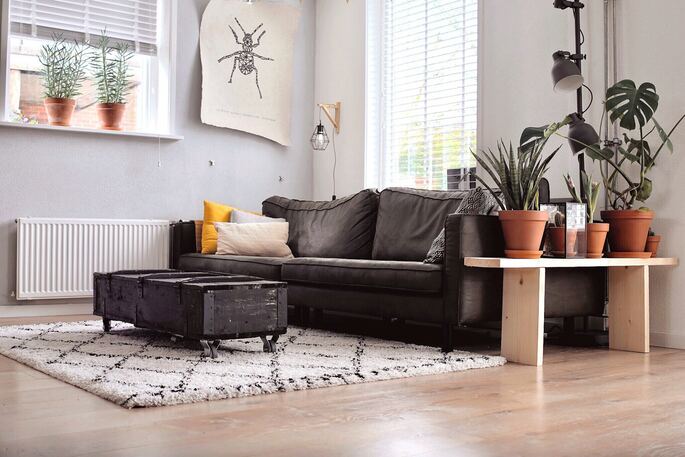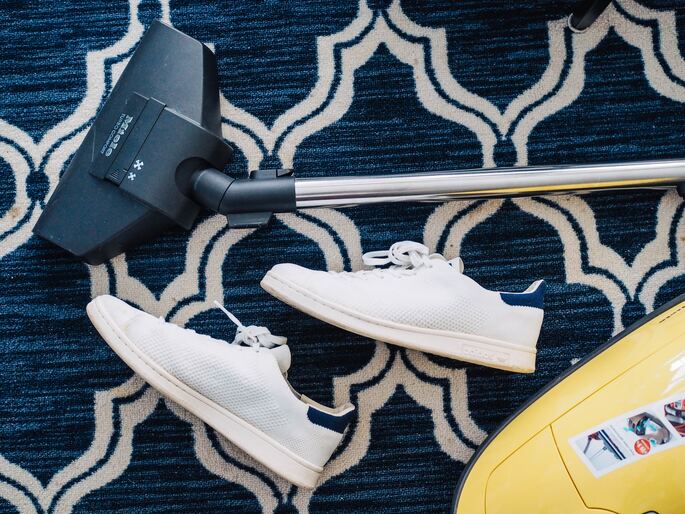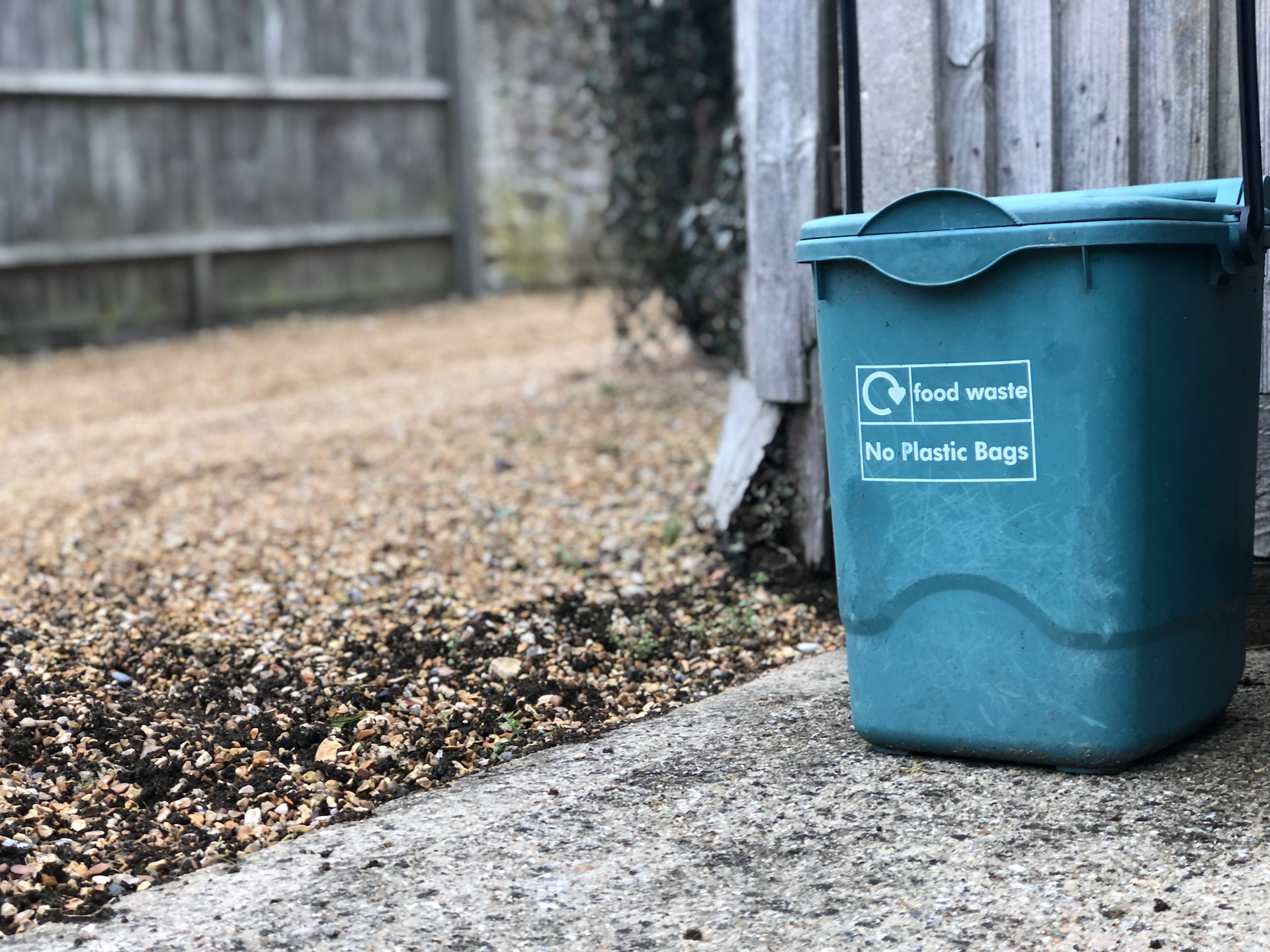Selecting the right carpet style for your space, preferences, and specific needs affects how your home looks and how it functions for your lifestyle. It’s also essential to get a carpet warranty to cover things like unexpected damage or specific issues with the installation. This guide explains how to choose the best carpet for your home, how to find a carpet warranty, and much more so you’re making the best investment in the space. You’ll enjoy a gorgeous home with the right carpet and an associated warranty for many years.
Choosing the right carpet for your home
Carpet materials
When you’re wondering what the best materials for carpets are, select the right type for your specific lifestyle and needs. Factors like comfort, durability, and ease of maintenance are all essential to consider as you examine each option. Before you purchase, look at several popular carpet materials and how they perform in different environments (such as busy homes with pets or children). Balancing cost and quality will ensure you find a fantastic carpet for your home that will stand the test of time.
Wool
Wool carpet is made from natural fibers that make it strong, durable, and long-lasting. This high-quality carpet material resists dirt and is typically exceptionally stain-resistant with regular cleaning. Not only is wool a durable choice, but it also feels quite nice underfoot. One con to choosing wool carpet is that it’s more challenging to maintain than other options. Its colors can also fade over time — especially in rooms with direct sunlight. If you’re looking for carpet on a budget, wool is also one of the most expensive options.
Nylon
Nylon carpet made of synthetic fibers is a popular choice. This carpet material is affordable, very durable, and aesthetically pleasing. You’ll find nylon carpet that ranges in quality from high-end manufacturers to builder’s grade. One perk to choosing nylon carpet is that it resists mold and mildew well, making it a smart choice for basements and laundry rooms. The material is also fade- and stain-resistant, so it should last a while. Walking on nylon carpet creates a lot of static, but some anti-static carpet treatments are available to mitigate the effects.
Polyester
Polyester and nylon carpet are pretty similar, although polyester carpet costs much less than nylon. This material is very moisture and stain-resistant, making it an excellent choice for people with busy households with children and pets. When you choose a thick pile of polyester carpet, it’s also soft. That’s why polyester makes sense when it comes to finding a decent budget-priced carpet. Overall, it’s very durable — although it’s not as hearty as nylon and won’t recover from wear and tear as quickly. If you’re looking for something sustainable, try polyester materials like PET made from recycled materials.
Olefin
Also known as polypropylene, olefin is a synthetic material made almost entirely of plastic. This water-resistant carpet is excellent in areas of the home that are prone to moisture. Olefin carpet is solution-dyed and shouldn’t fade in direct sunlight either. While it’s not as tough as nylon, it’s a solid choice for basements or laundry rooms since its waxy texture makes it incredibly resilient around water. Be careful with olefin carpet since it’s susceptible to friction. This carpet material is affordable, but it’s also not nearly as durable as other materials.
Carpet purpose
There are several unique purposes a carpet can serve. Here are some examples of how carpets can serve various purposes in your home.
Everyday carpet
Everyday or all-over carpeting is the most common type. This carpeting provides a soft and comfortable surface for walking, sitting, and playing. It can also help to insulate a room and reduce noise levels by absorbing sound or enhance the aesthetic appeal of a space by adding color, pattern, and texture. Carpeting is often used in residential homes, offices, and other commercial settings because of its durability and ease of maintenance. It can also provide a safer surface for young children and elderly individuals who are at risk of falling. Nylon and polyester are the most popular materials for permanent carpet, as it tends to be the easiest to clean.
Comfort and decorative carpets
Area rugs add a sense of warmth, comfort, and softness to any room of the home. Many people choose their rug based on a specific color or design to create a particular aesthetic (such as modern or traditional). When you find the right rug, it’s easy to integrate it into different spaces to make them feel cozy and inviting. For example — soft, thick-pile carpet is warm and welcoming in front of a fireplace, in a living room, and as a floor covering for an entryway or hallway. Soft carpet also makes the bedroom floor much more pleasant to walk on first thing in the morning.

Anti-slip and safety carpets
Hard surface floorings like hardwood or tile look beautiful, but they can also be slippery — which may increase the likelihood of slips and falls. Installing carpets can help to provide traction in the home to keep you safer. Installing stair runners is a popular choice to add a stylish look while improving safety whenever you, your family, or your guests walk up and down the stairs. Choose a carpet with good levels of traction and durability in rooms with a lot of foot traffic — such as the living room, dining room, and other areas where people gather.
Playmats
Playmats are a type of carpet designed specifically for children’s play areas. It typically features a soft and cushioned surface that provides a comfortable and safe place for children to play. It often features fun designs and patterns that are appealing to children, such as roads and buildings, animals, or educational images.
Playmat carpeting is often made from synthetic fibers, such as nylon or polyester, which are durable and stain-resistant. The carpeting is typically easy to clean and maintain, making it a practical choice for homes with young children.
Advanced-feature carpet
Innovations in carpet materials are leading to various possibilities in terms of design and functionality.
- Some research has found that certain wool carpets can purify the air by removing VOCs (volatile organic compounds) and filtering things like household cleaners and disinfectants.
- Anti-allergen carpets typically feature tightly woven fibers that trap allergens and prevent them from becoming airborne. Some anti-allergen carpets also incorporate special treatments or coatings that help to repel allergens or break them down over time.
- Antimicrobial carpets are treated with antimicrobial agents to help prevent the growth of bacteria and other microorganisms. They are often used in healthcare settings, such as hospitals or nursing homes, to help prevent the spread of infection.
- Smart carpets are embedded with sensors or other electronic components that allow them to detect movement or monitor the environment. They can help monitor foot traffic in a store or detect falls in a nursing home.
- LED carpets have built-in lights that can be programmed to display patterns or messages, often in commercial settings.
- Conductive carpets feature conductive fibers, allowing them to be used as touchscreens or to control electronic devices. While still in the development stage, they have a myriad of potential uses.
Cleaning your carpet

Knowing how to protect your carpets from stains and how to clean them properly is the best way to extend your flooring’s lifespan and keep everything looking fresh and clean. It’s essential to understand the basics of carpet cleaning, including vacuuming, spot cleaning, and deep cleaning. These habits will keep your floors looking beautiful for much longer. If you have antique or valuable carpets and rugs, ensure you clean your oriental rug correctly.
How often you need to clean your carpet depends on the level of foot traffic it sees, whether or not you have pets, and indoor air quality. You should clean all spills immediately to prevent permanent stains and remember to vacuum your carpet at least once a week to keep it free of dust and debris.
Encapsulation
Encapsulation is a carpet cleaning process that involves removing ground-in, deep-seated dirt, and stains. This method uses chemicals like acrylic polymers that attach to soil and break down dirt before removing it. This process has a quick drying time, and regular encapsulation also extends the life of your carpet — another part of a good, comprehensive carpet cleaning regimen.
Steam cleaning
Regular steam cleaning keeps your carpet fresh by removing dirt, stains, and allergens. This process also kills germs and bacteria, which benefits those with allergies or other respiratory issues. You can rent or buy a steam cleaner, and they’re easy to use. The machine applies a mixture of hot water and a cleaning solution to the carpet, then sucks it into a separate compartment for disposal.
Carpet dry cleaning
Dry cleaning a carpet is similar to the process used to dry-clean clothing. It does an excellent job of removing dirt and stains without the use of water — which means there’s virtually no drying time involved. This method does an exceptional job of removing dirt, and it’s ideal if you have carpets made of a delicate material that may be prone to damage or snags from conventional washing.
Professional carpet cleaning
Professional carpet cleaning can help to remove dirt, allergens, and other pollutants from the carpet, which can improve indoor air quality and extend the life of the carpet. It is typically recommended to have carpets professionally cleaned every 12 to 18 months, depending on the level of foot traffic and other factors.
During a professional cleaning, a company will inspect the state of your current carpet and advise you on what can and can’t be improved. Then, dry debris is removed with a vacuum before spot-treating problem areas and pre-treating the entire carpet. Your cleaning professional will use hot water and cleaning solution in a specialized machine to spray the entire carpet and suck up the dirty water as they go. They may use another specialized machine to dry your carpet or advise you to allow it to air-dry.
Carpet protection 101
Buying new carpeting is a significant investment, so getting the correct type of coverage is crucial to protect it.
Protecting your carpet from damage
There are several things you can do to help keep your carpet from being damaged.
- Regular vacuuming helps to remove dirt and debris from the carpet fibers, preventing it from being ground into the carpet and causing damage.
- Promptly clean up any spills or stains on the carpet to prevent them from setting in and causing permanent damage.
- Place mats or rugs in high-traffic areas, such as entryways or hallways, to help prevent wear and tear on the carpet.
- Encourage family members and guests to remove their shoes before walking on the carpet to prevent dirt and debris from being tracked in.
- Keep your pet’s nails trimmed to prevent them from snagging the carpet fibers and causing damage.
- Place furniture pads under the legs of furniture to prevent it from crushing the carpet fibers.
- Have your carpets professionally cleaned on a regular basis to remove dirt, allergens, and other pollutants from the carpet and help extend its life.
By following these tips, you can help to keep your carpet looking its best and prevent unnecessary damage.
Home warranties, manufacturer’s warranties, and your carpet
Both your home warranty and your manufacturer’s warranty are important in prolonging the life and health of your carpets.
In most cases, home warranties do not include your carpets in their service contracts. That is to say that your home warranty typically won’t pay for a damaged carpet to be repaired or replaced. That said, many home warranty providers cover occasional professional carpet cleaning, which is an important perk to take advantage of. Talk to your home warranty provider to see if this is something they offer.
On the other hand, rolled carpet often comes with optional manufacturer’s warranties that can be very handy if yours becomes damaged. There are several advantages to having a manufacturer’s carpet warranty — including protection if it gets damaged. This type of warranty also provides peace of mind to homeowners, whether they’re buying a new home or selling their existing one. Perhaps the most significant benefit of having a carpet warranty is that you won’t have additional costs if your carpet needs to be repaired or replaced. Here are the common types of manufacturer’s warranties.
Here are some of the most common types of carpet wear warranties available:
Wear warranty or quality assurance warranty
Wear or quality assurance warranties are a form of basic coverage typically included with most new carpet purchases. This warranty will protect you if the carpet falls apart (any material coming off or up from the floor), but it does not cover the actual performance of the carpet due to normal wear and tear. Essentially, quality assurance carpet warranties cover your flooring if it falls apart within a certain amount of time after purchase, but it won’t cover other cosmetic issues like fading.
Texture retention or appearance retention warranty
Most carpet warranties only protect the texture retention of the carpet if you have a specific type of padding installed under it. A texture retention warranty is most important since it protects the rug from losing its original appearance due to the twisting of the fibers. Over time, carpet fibers become loose or get untwisted due to wear and tear, making it look flat or “frizzy.” This “pile crush” warranty should cover your carpets for a span of several years, depending on the manufacturer and what you purchase as a supplement. A tuft bind warranty refers to how many pounds of pressure are required before the tuft pulls from the carpet. Delamination warranties refer to covering the adhesive of the carpet that attaches to the subfloor and holds it in place.
Stain and soil warranty
This type of warranty covers certain stains and protects you if you need help removing them. It’s important to distinguish the difference between staining and soiling when you read the fine print. Staining is when something transfers color to your carpet, while soiling is a result of residue left on carpet fibers. Make sure the manufacturer includes separate staining and soiling clauses in their warranty coverage, and check the length of the warranty. In some cases, certain substances might not be covered — like blood, urine, or bleach. Additional fade coverage protects your carpet if it fades over time. This warranty coverage is supplemental to standard carpet warranties, but it usually only applies to carpets that are marketed as being specifically designed to resist fading and discoloration.
The fine print

It’s important to read the fine print before choosing a carpet warranty. Some warranties don’t cover carpeting on stairs, for example. Look at specific things like the warranty coverage period, how long it lasts, and how to file a claim. There should also be detailed information about what to do in case of accidental damage so your warranty remains valid. Other examples of fine print to look for include requirements for cleaning your carpets before you can file a damage or stain-related claim.
Knowing how to choose the best carpet for your home will make your space look beautiful and improve its functionality. Research various carpet materials to ensure you select the best one for your budget and needs. Don’t forget to research carpet warranties to protect your investment and ensure your beautiful new carpet remains soft, colorful, and attractive for years to come.




